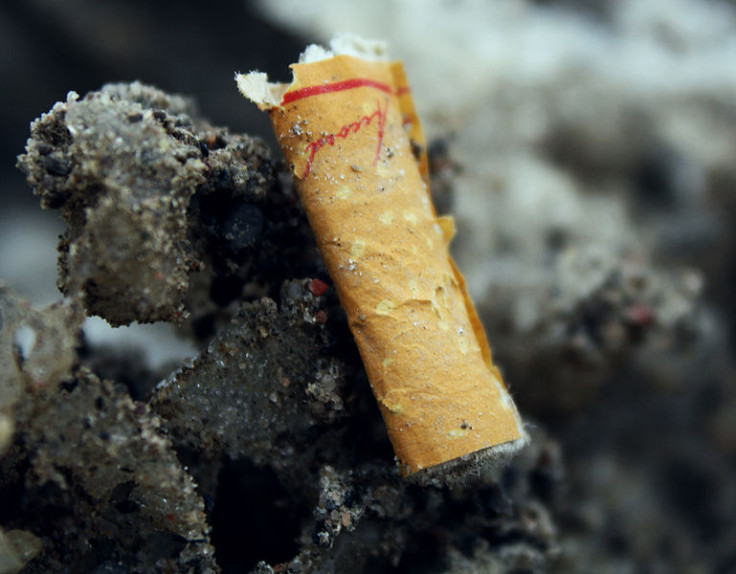Korean scientists turn cigarette butts into efficient energy storage material

South Korean scientists have developed a way to turn cigarette butts into energy storage devices that outperform commercially available ones.
They transformed the cellulose acetate fibres in cigarette filters into a carbon-based energy storage material using a simple, one-step burning technique called pyrolysis.
The carbon-based material was tested to see how well it could adsorb electrolyte ions and then release them. The material stored more electrical energy than commercially available carbon, graphene and nanotube capacitors.
Reporting their findings in the IOP Publishing journal Nanotechnology, the research team from Seoul National University says the high performing material can be integrated into computers, handheld devices, electric vehicles and wind turbines to store energy.
"A high performing supercapacitor material should have a large surface area, which can be achieved by incorporating a large number of small pores into the material," says Professor Yi. "A combination of different pore sizes ensures that the material has high power densities, which is an essential property in a supercapacitor."
Supercapacitors today mostly use carbon due to its low cost, high surface area, high electrical conductivity and long-term stability.
A supercapacitor has many advantages over a battery. It can be charged and discharged virtually an unlimited number of times. Unlike the electrochemical battery, which has a defined life cycle, there is little wear and tear by cycling a supercapacitor. Unlike in a battery, age does not affect the device.
Rather than operating as a stand-alone energy storage device, supercapacitors work well as low-maintenance memory backup to bridge short power interruptions.
Scientists are working to improve energy density, power density and cycle stability of capacitors while trying to reduce production costs.
Eco burden
"Numerous countries are developing strict regulations to avoid the trillions of toxic and non-biodegradable used cigarette filters that are disposed of into the environment each year. Our method is just one way of achieving this," says co-author Professor Jongheop Yi of Seoul National University.
It is estimated that 840,000 tonnes of butts wind up as toxic trash worldwide every year.
With 9 trillion filtered cigarettes expected to be consumed worldwide by 2025, the global environmental burden of cigarette filters is significant.
Cellulose acetate in the cigarette filters is photodegradable but not bio-degradable. Although ultraviolet rays from the sun will eventually break the filter into smaller pieces under ideal environmental conditions, the source material is simply diluted in water or soil.
Dengue control
Another research team from South east Asia has reported that cigarette butts could be used to control dengue, given the preference for mosquitoes to lay eggs in a butt filled regions.
The chemical compounds can affect mosquito longevity and fertility in the process, says the study in Acta Tropica.
© Copyright IBTimes 2025. All rights reserved.





















